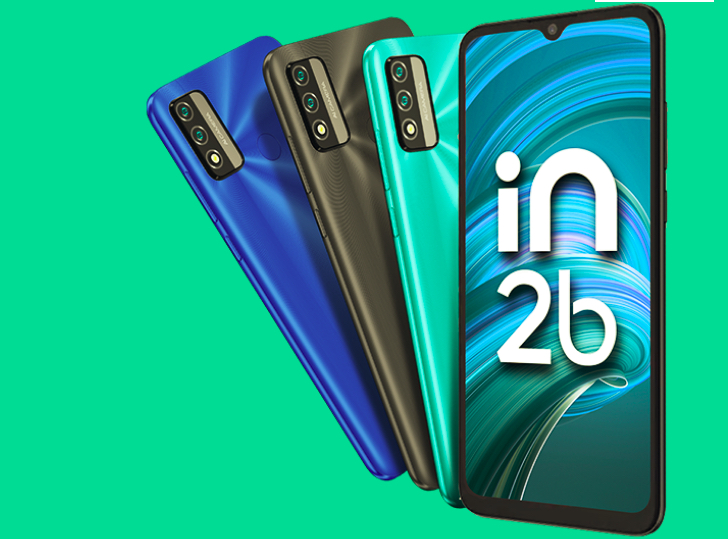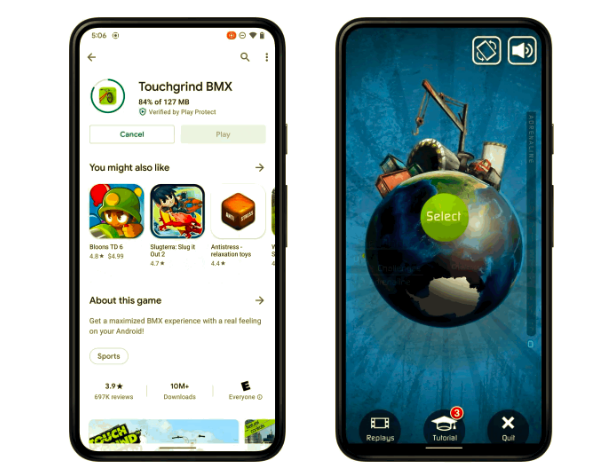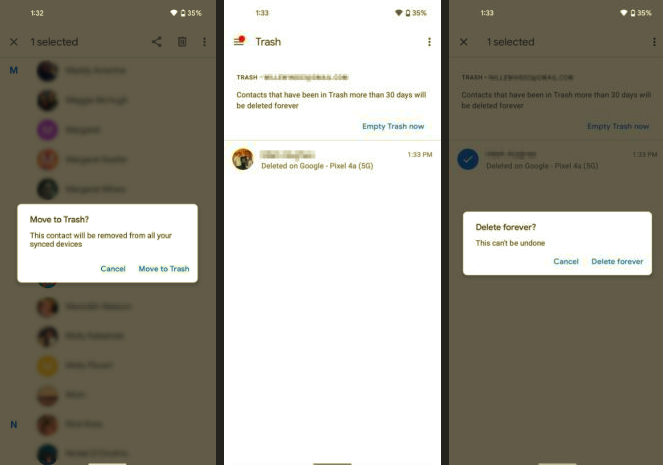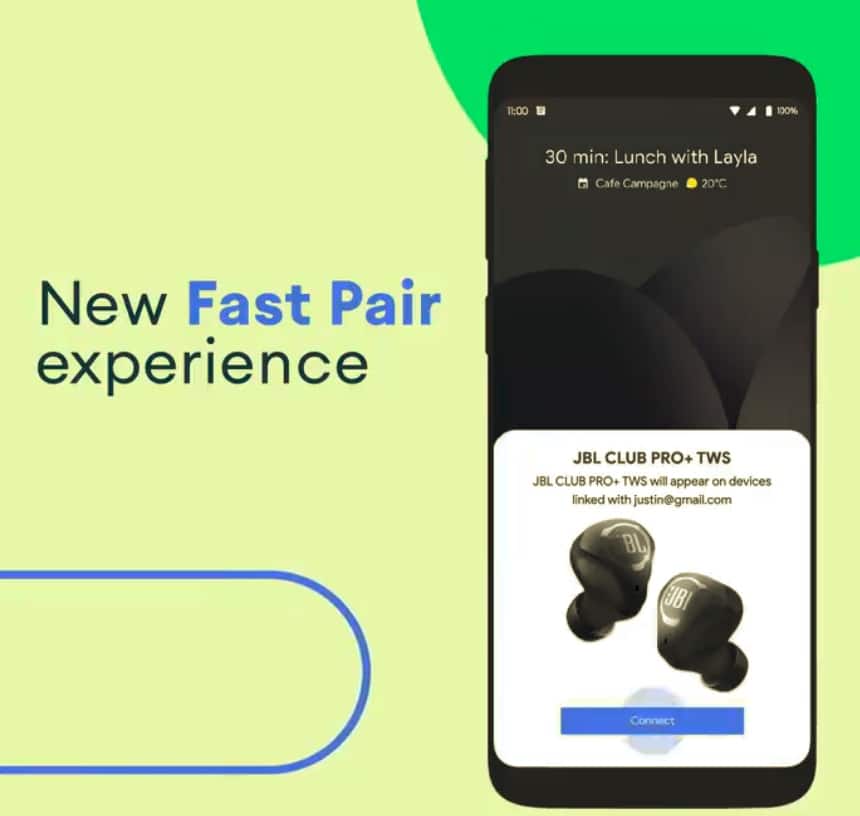The Motorola Moto E was just launched earlier today, with plenty of good specs and an even better price tag. At around $120, the low-end smartphone packs more than expected with a dual-core Snapdragon 200 processor, a 4.3″ qHD display, splash-resistant nanocoating, 1GB of RAM, a microSD card slot for more storage, and so on. Here are some of the first and most interesting hands-on videos with the device.
First of all is a short hands-on video from AndroidCentral with a quick hardware and software tour of the phone, including the buttons and ports, as well as Motorola’s UI skin — or lack thereof — and its bundled apps. The Moto E appears to be snappy and ready to deal with everything, from scrolling to swiping, opening apps, and switching between them.
A second hands-on by my friend Clinton Jeff shows the Indian variant of the Moto G, with its Dual-SIM support under the battery cover. Clinton mentions a few of the regional details of the Moto E, including its price in India and release on Flipkart. He also tours the phone, shares the fact that the lower bar on the front of the phone isn’t a button but a mono speaker, and gives us a glimpse of some of the battery cover options available as well as the grip shell. The latter is a flexible shell with a shockproof design that covers not only the back, but also all sides of the phone, forming a bumper around it.
If you’re further interested in the available back covers, both FoneArena (image shown on top) and The Verge (below) have hands-on photo galleries with the different colors.

Btekt has a hands-on comparison between the Moto E and its older and slightly higher spec’ed sibling, the Moto G. The Moto E is shown to be smaller than the G, thanks to its 4.3″ screen. And despite bringing a lower-resolution, Btekt emphasizes that the Moto E screen’s 250ppi is quite respectable and clear to look at. Other differences include the lack of a front-facing camera and rear-facing LED flash, and the addition of a microSD slot on the Moto E compared to the G. Aside from that and the processor (dual-core vs quad-core), the two devices are quite similar in design, ergonomics, customizability, and even in their splash-resistant nano-coating.
And finally, PhoneArena have a demo of Motorola Alert, the new feature introduced with the Moto E that should also make its way to the Moto G and X later on. Alert is divided in 3 sections: Assist that notifies important contacts when you’ve reached a specific key place, Meet Me that shares your location with contacts, and Emergency which notifies your important contacts and starts a phone call with them.
What do you think of the Moto E? It may not be the high-end smartphone that will appeal to most readers of this site, but it is an affordable entry in the smartphone world for current feature phone users. On paper and in person, it looks like great value for money.



















